In Rome, during excavation work for the Piazza Pia Underpass, the remains of an ancient garden arrangement, dating from the imperial period, were discovered on the right bank of the Tiber. The discovery, made during the relocation of a fullonica (a workshop for processing textiles), revealed a structure consisting of a travertine wall and a colonnaded portico, now visible only in its foundations, that bordered a large garden.
The excavation project, directed by the Special Superintendence of Rome under the leadership of Daniela Porro, with the coordination of archaeologist Dora Cirone and the scientific direction of Alessio De Cristofaro, brought to light three different building phases, dating from the period between Augustus and Nero. A particularly significant find was that of a lead water pipe, known as a fistula plumbea, bearing the name of the owner of the water system and, therefore, of the garden itself. The inscription “C(ai) Cæsaris Aug(usti) Germanici” identifies the owner as Emperor Caligula, son of Germanicus and Agrippina the Elder, who reigned from 37 to 41 CE.
This finding has aroused great interest, as it seems to confirm a passage in theAmbasseria to Gaius (Legatio ad Gaium) by Philo of Alexandria, a Jewish historian from Alexandria, Egypt. Philo describes a meeting between Caligula and a delegation of Alexandrian Jews in the Horti di Agrippina, a vast garden overlooking the Tiber and separated from the river by a monumental portico. Philo’s description coincides with the unearthed remains, suggesting that Piazza Pia may have been the site of this historic meeting. The ambassadorship to Caligula was intended to warn the emperor about the crisis that had erupted between the Jewish community of Alexandria and the Greek population of the Egyptian city, which had led to widespread violence and episodes of religious intolerance: however, Caligula, who supported the Greek side, rejected the legation’s demands.
Archaeologist Alessio De Cristofaro stresses the importance of the inscription on the fistula, which confirms the location of the Horti di Agrippina maggiore in the Piazza Pia area. Other inscribed lead pipes, found in the early twentieth century, bear the name of Iulia Augusta, presumably Livia Drusilla, the second wife of Augustus and grandmother of Germanicus. These findings indicate that the luxurious residence passed from Germanicus to the elder Agrippina and eventually to their son, Emperor Caligula.
The excavation also unearthed a series of Campana Slabs, figured terracottas used for roof decoration with unusual mythological scenes. These slabs, reused as sewer covers in the fullonica, were probably intended to decorate a garden structure, perhaps the portico itself.
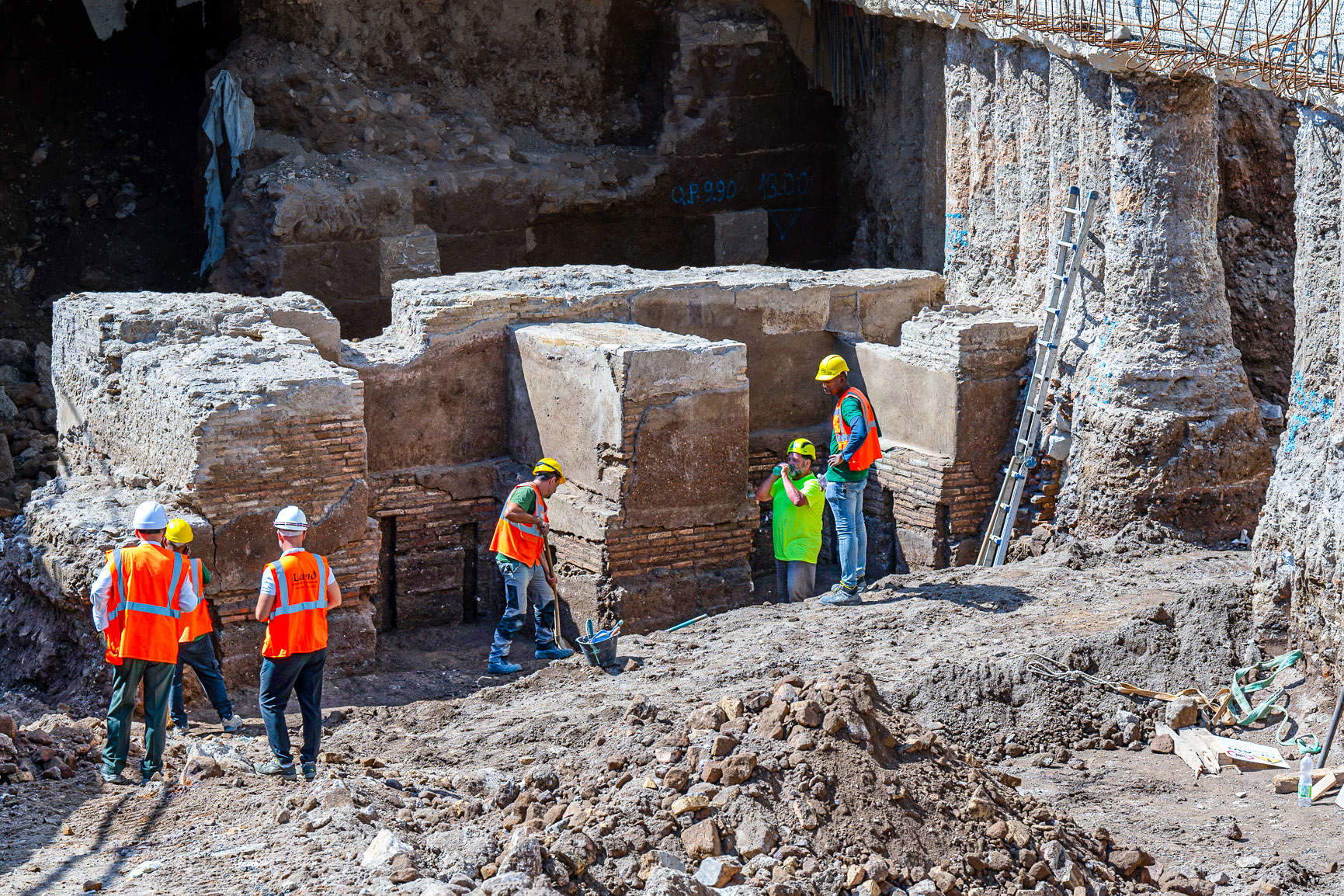
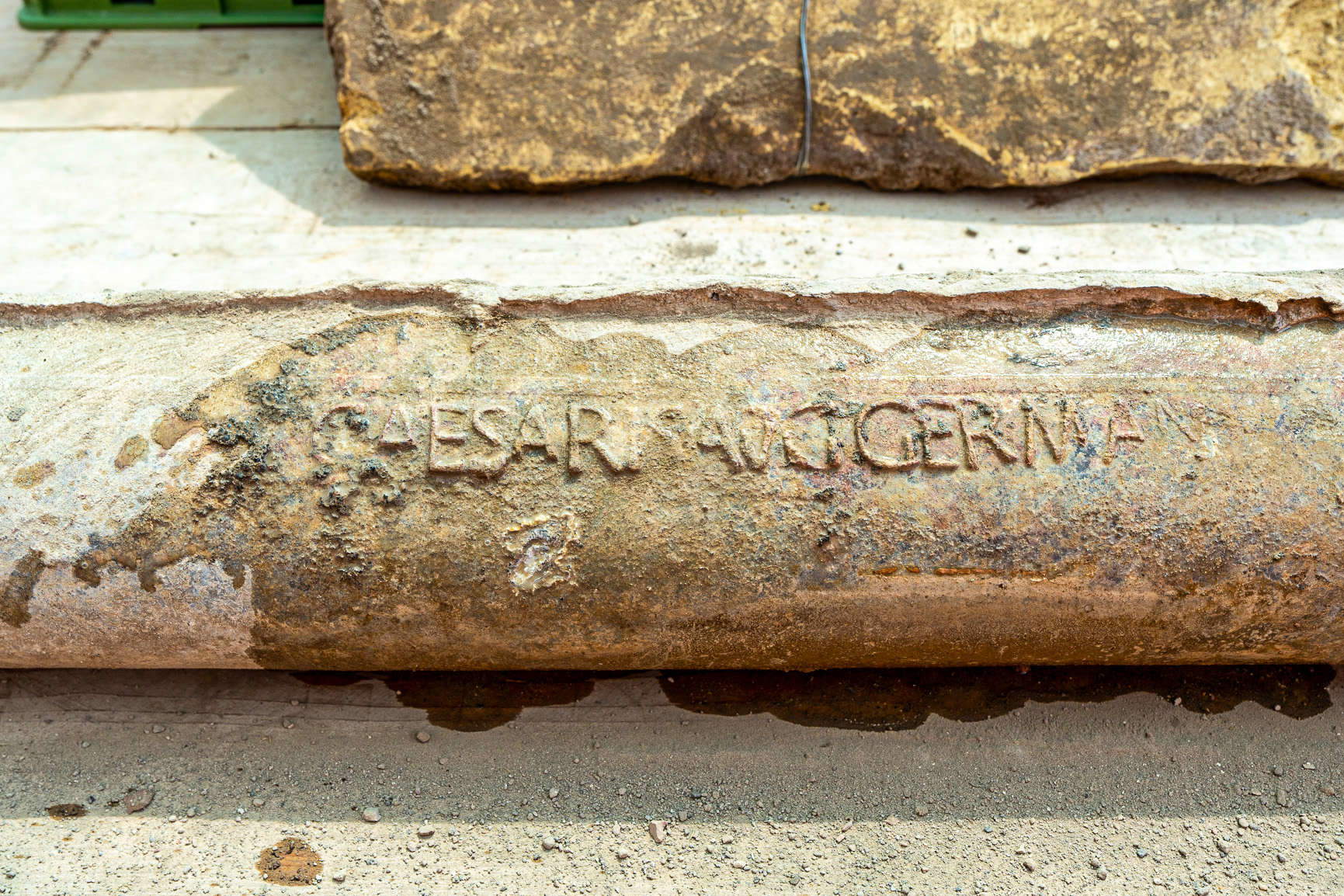
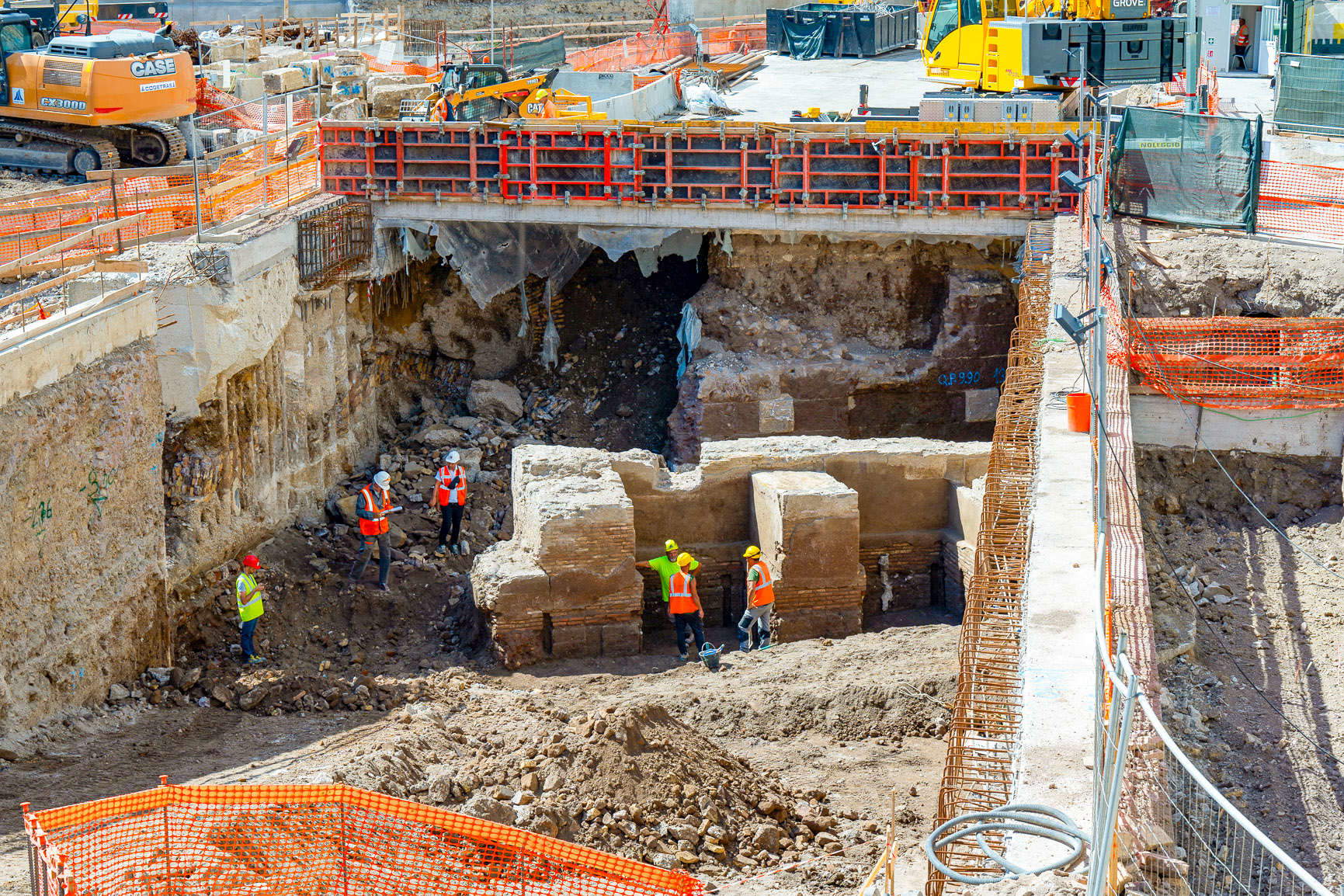
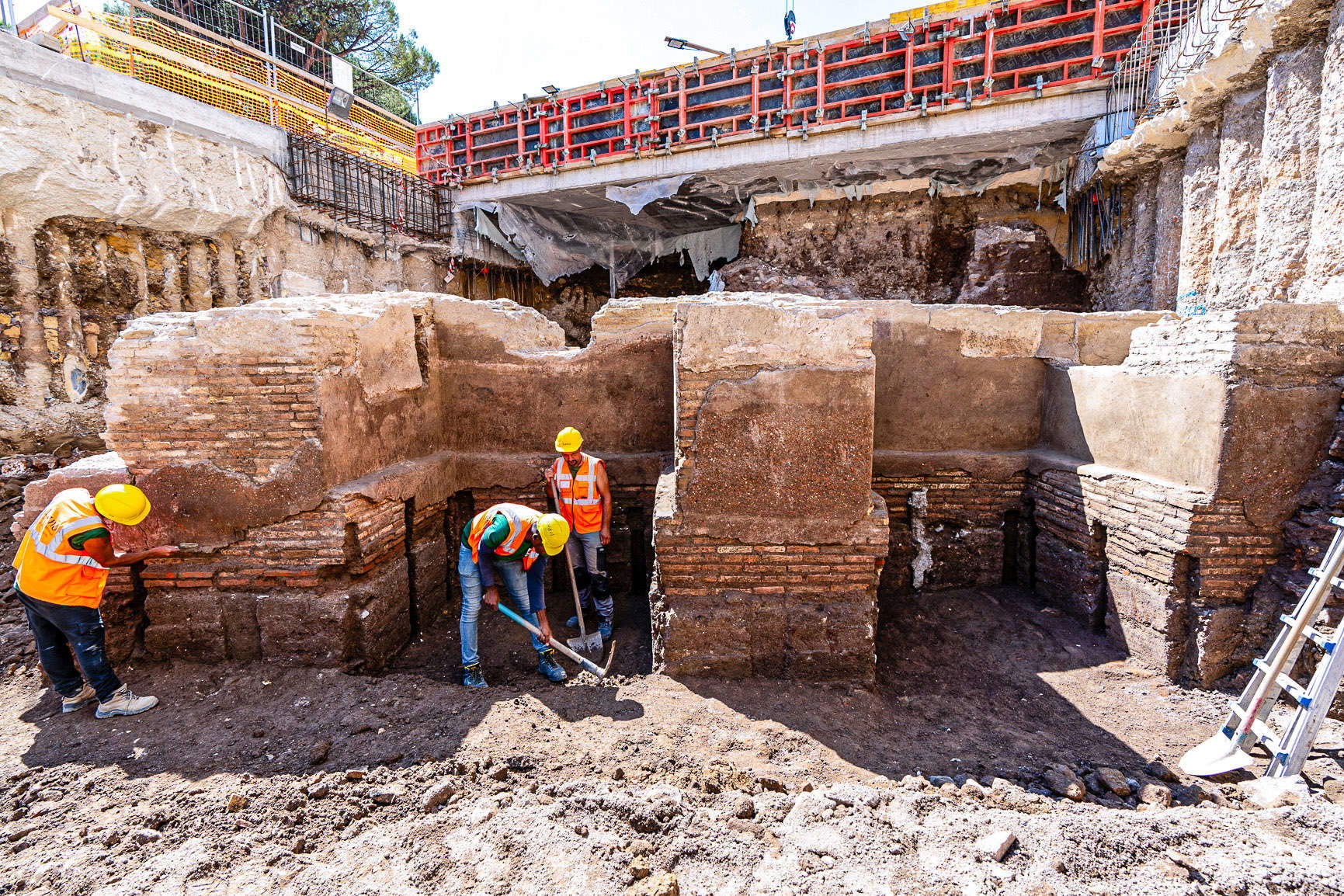
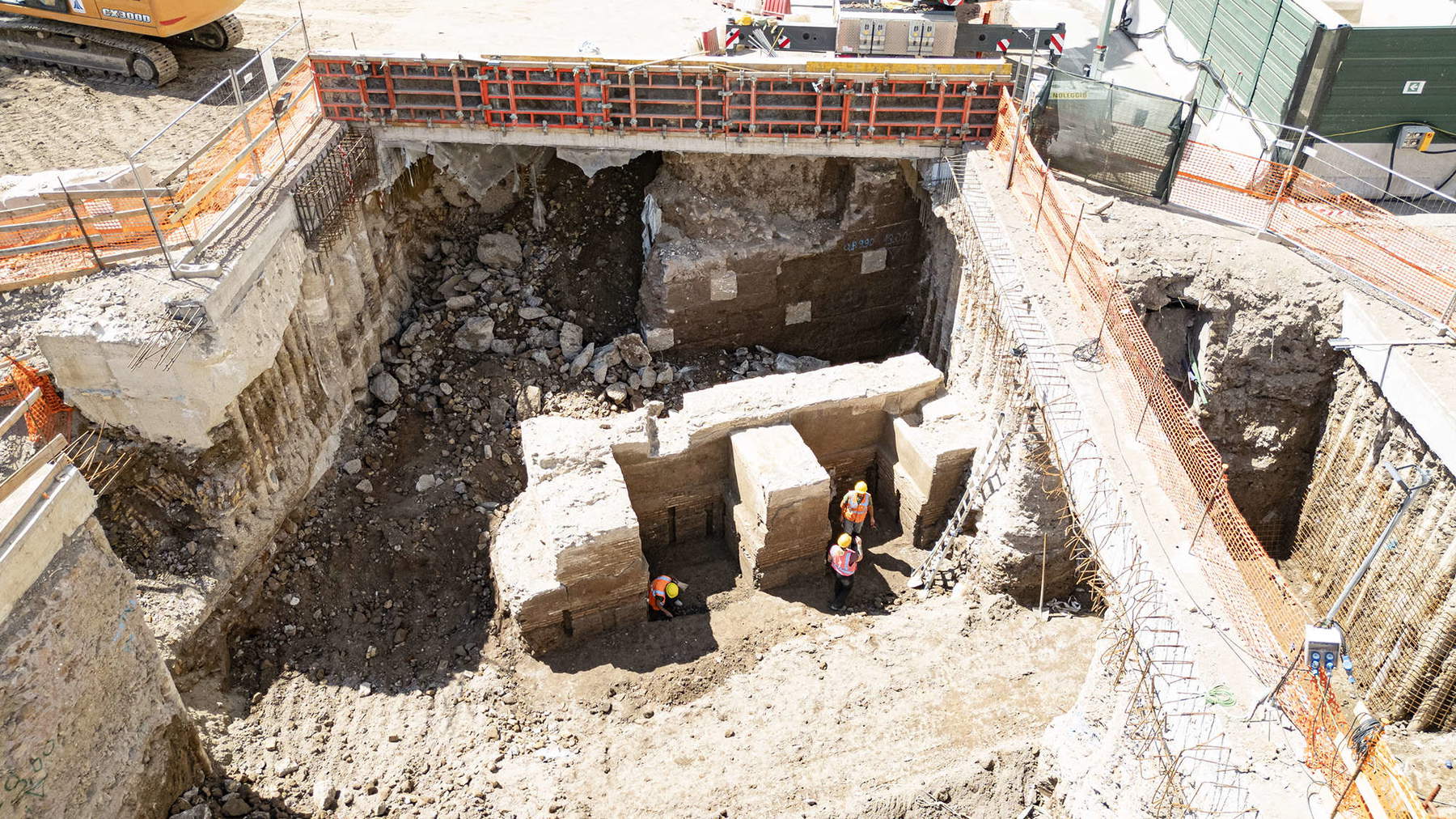
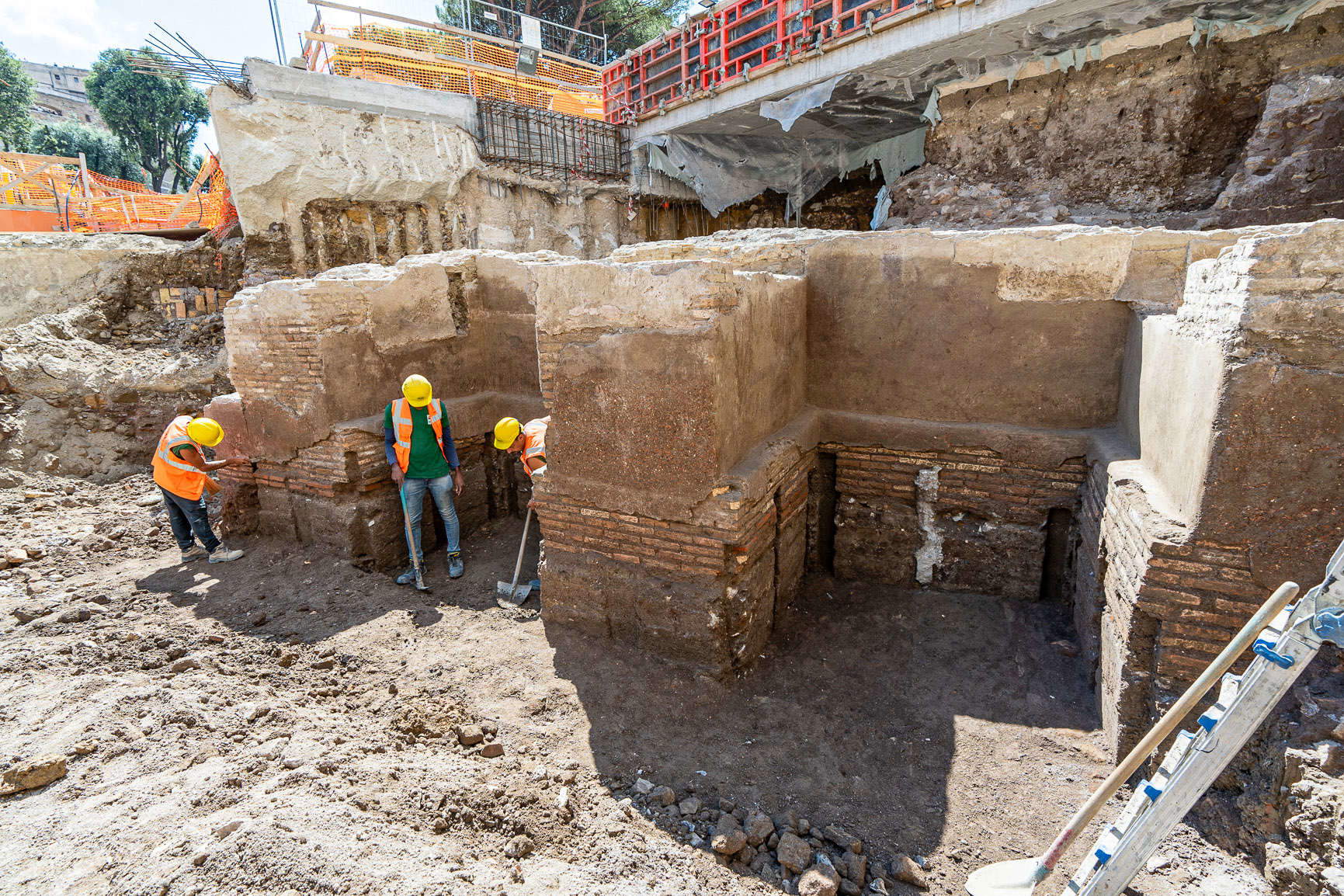
 |
| Rome, remains of Caligula's garden discovered under Piazza Pia |
Warning: the translation into English of the original Italian article was created using automatic tools. We undertake to review all articles, but we do not guarantee the total absence of inaccuracies in the translation due to the program. You can find the original by clicking on the ITA button. If you find any mistake,please contact us.